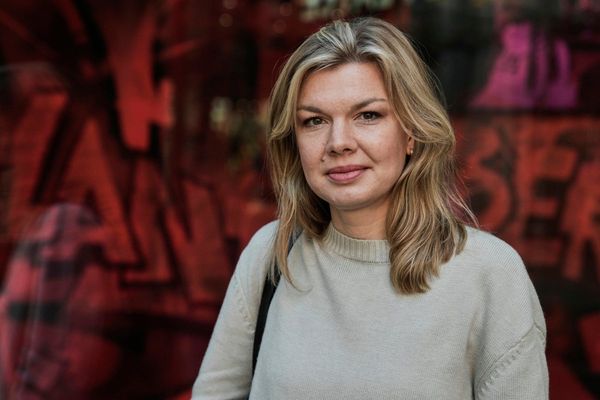Climate change is turning up the heat and the hottest places to be in the future will be cities.
For many years, geographers and urban planners noticed that towns and cities were always hotter than the surrounding countryside. Our cities, made of concrete, asphalt, tiles and tin amplify the heat, warming up during the day and radiating heat all night. These materials are also ‘impervious’ surfaces that do not allow rain to soak in. Unpaved areas absorb the rain, providing a cooling effect from the moisture.
Urban areas can be between 4 and 10 degrees hotter than surrounding rural areas. For most urban residents the answer is to crank up the air conditioning. But the electricity use ultimately makes climate change worse, and for the city’s poorest residents, the cost is too much to bear.
While parks and gardens are the best weapon against urban heat, keeping it in check will become harder as climate change bites. Authorities will need the tools of urban planners, public health experts, architects, and clinicians to prevent loss of life as our cities become hotter and hotter.
REALITY CHECK
Earth’s average surface temperature has increased at a rate of 0.07°C per decade since 1880, but the rate has tripled since the 1990s.
More than five million people die annually due to excessively hot or cold conditions.
Around 30 percent of the world's population is exposed to potentially lethal heat for at least 20 days a year. By 2100, this number is projected to increase to 48 percent.
Economic loss due to the urban heat island effect could reach up to 10.9 percent of GDP by 2100.
BIG IDEAS
Quote attributable to Wan-Yu Shih, Ming-Chuan University
"Simply increasing ‘green coverage’ without considering relative location of green spaces cannot effectively reduce the problem of urban warming."
Quote attributable to Elspeth Oppermann, Ludwig-Maximilians University and Jamie Cross, University of Edinburgh
"Low-tech interventions are not a panacea to climate change. The shade of a tree, appropriate use of fans, or improved ventilation of homes only works as long as outdoor conditions remain survivable. This might not be the case in many regions by 2050."
PERSPECTIVES
Sponge cities beating urban heat in China Bao-jie He, Chongqing University
Infrastructure to prevent urban flooding has benefits for preventing urban heat.
How an Indian city saved 1000 lives a year Priya Dutta and Dileep Mavalankar, Indian Institute of Public Health Gandhinagar, and Prima Madan, Natural Resources Defense Council
Community outreach and a roofing program have saved thousands of lives in an Indian initiative.
Parallel parks: strategic green spaces can cool cities Wan-Yu Shih, Ming-Chuan University
Green spaces are not the answer to overheated cities by themselves. Careful urban planning needs to consider their strategic placement.
Choosing the right trees for a changing climate Manuel Esperon-Rodriguez, Sally A. Power, Mark G. Tjoelker, University of Western Sydney
Choosing trees which can adapt to climate change can make all the difference in whether they live or die.
Surabaya’s antidote to the rise of concrete jungles Martiwi Diah Setiawati, Indonesian National Research and Innovation Agency
The Indonesian city of Surabaya put in public parks where others put in buildings. It is now reaping the creative, economic and cooling benefits.
Cooling the body in low-income communities Elspeth Oppermann, Ludwig-Maximilians University, Jamie Cross, the University of Edinburgh
Cooling the body with limited access to water and electricity will only get trickier as the temperature rises and affects those who are most vulnerable.
Everything is connected and climate change can unravel the lot Lauren Rickards, RMIT and Nigel Tapper, Monash University
Interconnected systems are what keep cities functioning. But climate change can undo one part, and unravel the whole system.
This article has been republished in the wake of heatwaves in India, China and Europe. It first appeared on March 11, 2022.
Originally published under Creative Commons by 360info™.







